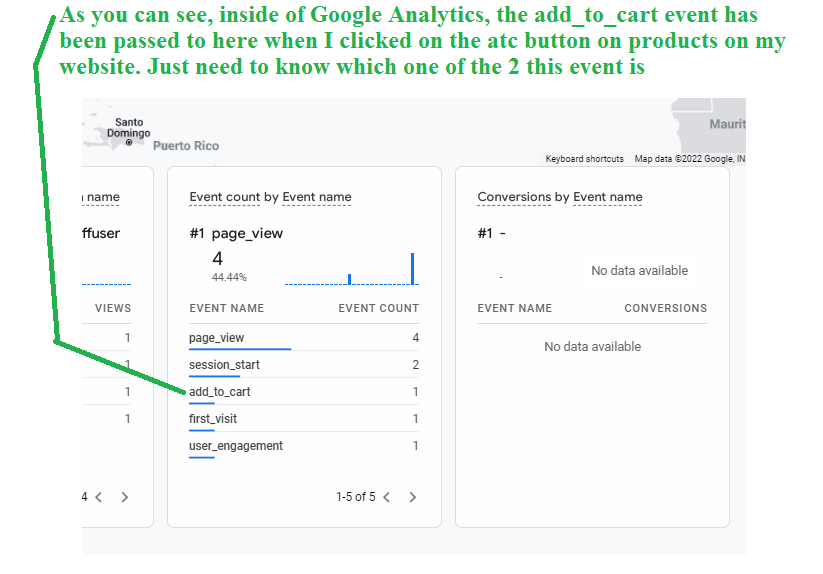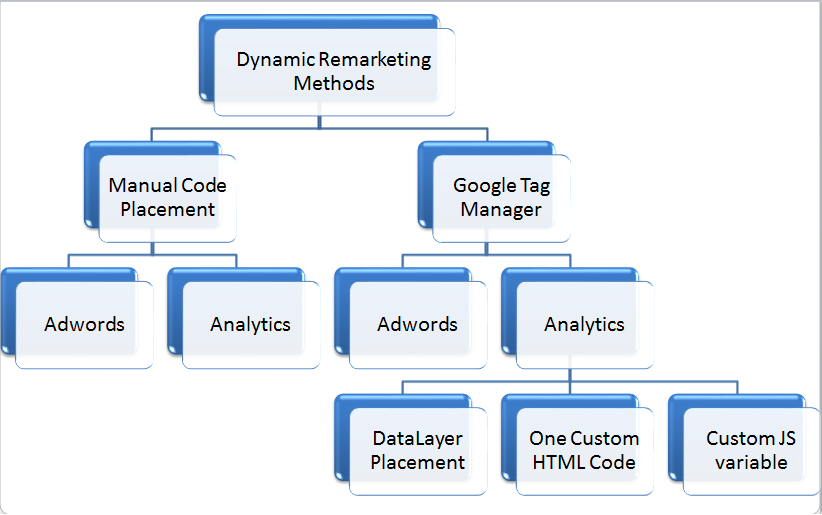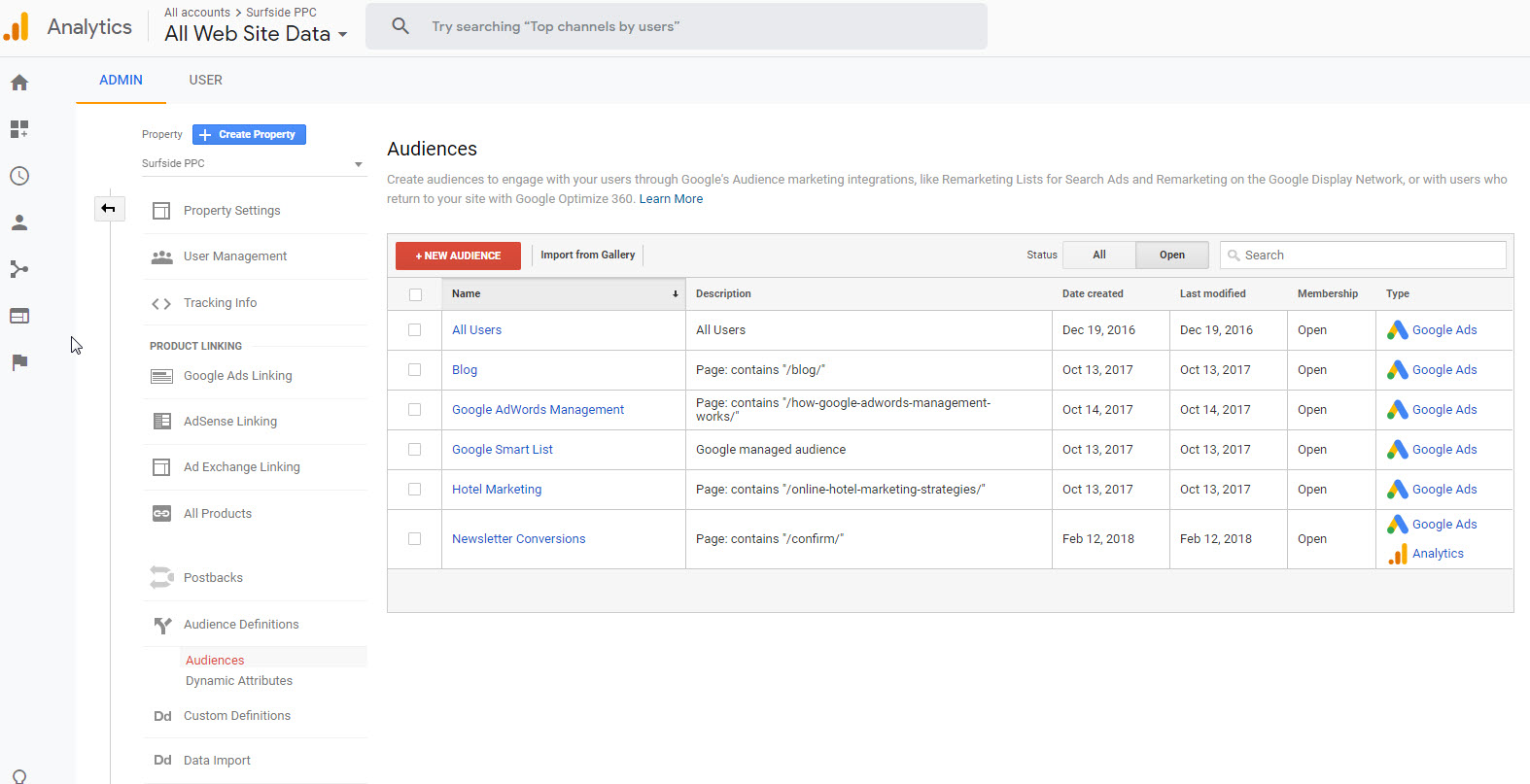Maximize Your ROI With Remarketing in Google Analytics
In the world of digital marketing, the usage of remarketing techniques within Google Analytics has actually shown to be a powerful device for improving return on financial investment. By harnessing the power of individual information and tailoring ads to particular audience segments, organizations can substantially magnify their conversion prices. Nevertheless, the actual crucial hinge on the art of precision - comprehending user actions, crafting engaging advertisements, and continually refining methods to drive optimal results. The journey to maximizing ROI with remarketing is a nuanced course led with understandings and possibilities that can improve the trajectory of your advertising endeavors.
Recognizing Remarketing in Google Analytics
Understanding remarketing in Google Analytics is crucial for maximizing your electronic advertising method. Remarketing enables you to target users that have actually formerly seen your internet site or connected with your application, providing them with customized ads as they surf other websites or make use of other applications within the Google Present Network. This strategy helps maintain your brand top of mind and motivates customers to go back to your site, inevitably raising the chance of conversion.
By making use of Google Analytics, you can track the efficiency of your remarketing projects, obtaining beneficial insights right into individual habits, engagement, and conversions. This data enables you to improve your messaging, bidding, and targeting techniques to enhance the total performance of your campaigns.
Moreover, recognizing the different kinds of remarketing listings offered in Google Analytics, such as common, dynamic, and comparable audiences, permits you to produce very segmented and customized projects customized to specific individual sectors. This degree of granularity can dramatically boost the importance and influence of your remarketing initiatives, ultimately maximizing your roi.
Establishing Remarketing Lists
To efficiently execute remarketing campaigns in Google Analytics, the first step includes configuring and producing remarketing checklists targeting certain user sectors based on their communications with your internet site or application. By establishing remarketing checklists, you can tailor your advertising initiatives to get to customers who have currently shown interest in your solutions or products.
To begin, navigate to the Admin area of your Google Analytics account and pick the Property where you want to develop the remarketing checklist. Under the Residential or commercial property column, click on 'Target market Definitions' and pick 'Target markets.' Next, click the red 'New Target market' button and select 'Create New' to specify the specifications for your remarketing listing.

Crafting Effective Remarketing Ads

When crafting your advertisements, concentrate on developing eye-catching headlines and engaging visuals that attract attention to possible customers. Incorporate solid calls-to-action that motivate customers to review your website and complete a desired action. Utilize vibrant remarketing to reveal personalized advertisements featuring items or services that customers have previously viewed on your site.
Furthermore, make certain that your advertisements are mobile-friendly because a substantial portion of net web traffic originates from mobile phones. Examination various advertisement variants to determine which layouts and messages drive the very best results. By continuously refining and maximizing your remarketing ads based on performance information, you can optimize their effectiveness and improve your return on financial investment.
Analyzing Remarketing Performance

Through Google Analytics, marketing experts can track the efficiency of their remarketing campaigns in real-time, permitting them to determine fads, patterns, and areas for improvement immediately. By examining the information, marketing experts can identify which advertisements are carrying out well, which target market segments are reacting favorably, and which channels are driving one of the most conversions. This degree of granularity makes it possible for marketing professionals to make data-driven choices to maximize their remarketing advocate far better outcomes.
Optimizing ROI With Remarketing
Assessing remarketing data in Google Analytics makes it possible for marketing professionals to determine possibilities for enhancing roi (ROI) with strategic modifications - What Is “Remarketing” In Google Analytics?. To take full advantage of ROI with remarketing, it is critical to understand the behavior of your audience. By examining customer communications, such as the pages they try these out checked out, the items they watched, or the actions they took on your site, you can tailor your remarketing campaigns much more properly
Segmenting your audience based upon their behavior allows you to produce customized and targeted ads that are more probable to reverberate with them. By revealing pertinent ads to particular segments of your audience, you can enhance the possibilities of conversion and ultimately enhance your ROI.
In addition, checking various advertisement creatives, messaging, and offers can help recognize click to read more what reverberates best with your target market. A/B screening allows you to experiment with different elements of your advertisements to identify what drives the highest interaction and conversion prices.
Conclusion
Finally, making the most of ROI with remarketing in Google Analytics needs a tactical approach to examining user actions, segmenting target markets, creating tailored advertisements, and maximizing campaign performance. By leveraging data-driven insights and checking various techniques, businesses can boost their remarketing efforts to drive greater engagement and conversion prices. This systematic strategy guarantees that sources are effectively designated towards taking full advantage of rois in remarketing projects.
Next, click on the red 'New Audience' switch and choose 'Create New' to specify the specifications for your remarketing listing.
By continually refining and enhancing your remarketing ads based on performance data, you can reference optimize their efficiency and boost your return on financial investment.
By delving into these understandings, marketing experts can get an extensive understanding of just how their remarketing efforts are reverberating with their target audience and driving conversions. To maximize ROI with remarketing, it is essential to recognize the behavior of your target market.In verdict, optimizing ROI with remarketing in Google Analytics calls for a strategic strategy to examining customer actions, segmenting target markets, developing tailored ads, and maximizing project performance.